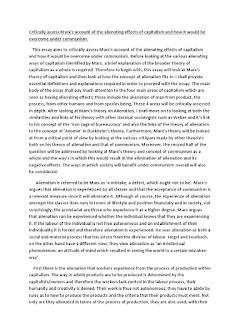Symbolism of Nature in Literature
Introduction
Nature has long been a powerful source of inspiration for writers, and throughout the history of literature, it has been used as a symbolic element to convey various emotions, themes, and ideas. From blooming flowers to towering mountains, considerate authors have imbued nature with deeper meaning, providing readers with a rich tapestry of symbolism to explore. This article delves into the significance of nature as a literary symbol.
The Primacy of Nature
Nature often holds a central role in literature, representing the essence of life itself. It serves as a backdrop against which the story unfolds, reflecting the characters' inner struggles, desires, and growth. For instance, a serene meadow may symbolize tranquility and peace, while a turbulent storm can indicate chaos and upheaval.
Nature as a Metaphor
Authors frequently employ nature as a metaphor to convey complex emotions or abstract concepts. A blooming flower, for example, may represent the blossoming of love or new beginnings, while a withering tree can signify decay, death, or the passage of time. By harnessing the imagery found in nature, writers can tap into universal symbols that resonate with readers on a subconscious level.
Environmental Symbolism
In addition to expressing emotions and ideas, nature is commonly used as a symbol to explore humanity's relationship with the environment. Authors often employ natural settings to comment on environmental issues, such as deforestation, pollution, or the consequences of human negligence. Through such symbolism, literature can inspire readers to reflect on their impact on the world around them.
Examples in Literature
Countless literary works have employed the symbolism of nature to great effect. In William Shakespeare's play "Macbeth," the recurring motif of bad weather, like thunder and lightning, foreshadows the tragic events and turmoil to come. Similarly, in Nathaniel Hawthorne's novel "The Scarlet Letter," the wild and untamed forest represents the characters' hidden emotions and desires, contrasting with the rigid Puritan society they inhabit.
Another notable example is Mary Shelley's "Frankenstein," where the sublime beauty of the natural world serves as a stark contrast to the horrors created by man. The symbolic use of nature throughout the novel underscores the theme of the destructive consequences of human ambition and the importance of harmony between mankind and the natural world.
Conclusion
Nature's symbolism in literature not only adds depth and beauty to the written word but also offers readers an opportunity to explore profound themes and emotions. From representing human emotions to highlighting environmental concerns, nature serves as a versatile tool for authors to engage with their audience on multiple levels. So, the next time you delve into a literary work, pay close attention to the symbolism of nature, as it may hold the key to a deeper understanding of the story.








